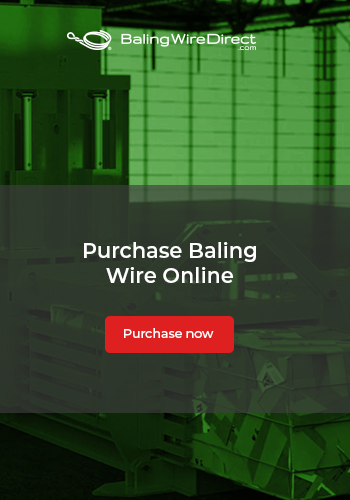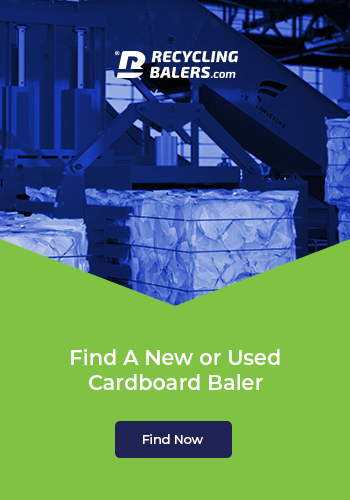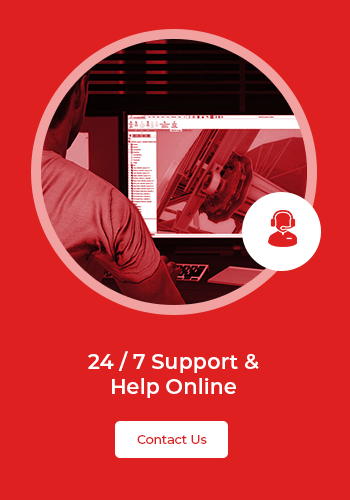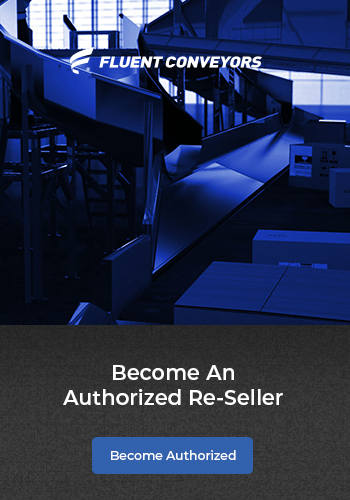Conveyor Belt Tensioning: The Ultimate Guide
The tension across a conveyor belt is crucial for its safe and reliable operation. Without the correct tension applied to the belt itself – whatever material it happens to be made from – you can find your belt subject to splice failures, ruptures, excessive stretch, or the kind of wear and tear that can lead to a more catastrophic failure. In this article, we’re going to look at how to adjust your belt so that it’s at the right level of tension – and how to check it regularly so that you maintain its optimal level of performance over the years ahead.
Avoiding Contamination
Some belts are at risk of contamination. For instance, if your belt is carrying objects that are likely to drop debris – like fibrous materials – then you’re likely to find that this debris interacts negatively with your belt and your mechanism. Contamination such as this is one of the most frequent causes of poor conveyor tension, often resulting in a stretch on your belt that produces slack, more friction, and a number of malfunctions for your overall machine.
The Rollers
Unsurprisingly, the rollers are a fundamental part of your belt tensioning. Whether you’re fitting a new belt to your machine or you’re adjusting a current belt, you need to be able to ensure that all of your rollers are fitted in the optimal way, so that they’re not increasing the area upon which your belt is expected to run. A misfitted roller can cause rattles and vibrations, which, over time, stretch your belt and release its tension. Maintain your rollers so that the tension across your belt remains optimal for the belt’s operation.
The Right Tension
If you have the correct belt fitted on your machine, there’s a very simple way to check that the tension is correct across your belt. Of course, when mechanics are fitting the belt and making sure they’re upping the tension to the correct level, they’ll be using more complex tools and measurements. But as a layman – and someone checking the belt across the course of its lifespan – you’re looking out for flush sides. What does this mean? It means that the edges of your belt – on either side of the belt itself – are completely flush and parallel all the way along your belt. If they taper at all or show signs of bend, your tension is likely either too high or too low.
Friction
Finally, the tension of your belt is reliant on the amount of friction that it experiences as it travels along your machine. If your conveyor is set up in your facility, and you’re ready to get it going within your production line, this is the final way that you’ll check your machine is operating at the correct tension. You’ll need to ensure that the belt isn’t running on the underside or at the sides of the conveyor. By checking this along the whole belt after running the belt for a number of minutes, you’ll be sure that you’ve achieved the correct tension.
Tensioning your conveyor belt is a crucial moment to get right – and this ultimate guide helps show you what to look out for when performing this critical task.



